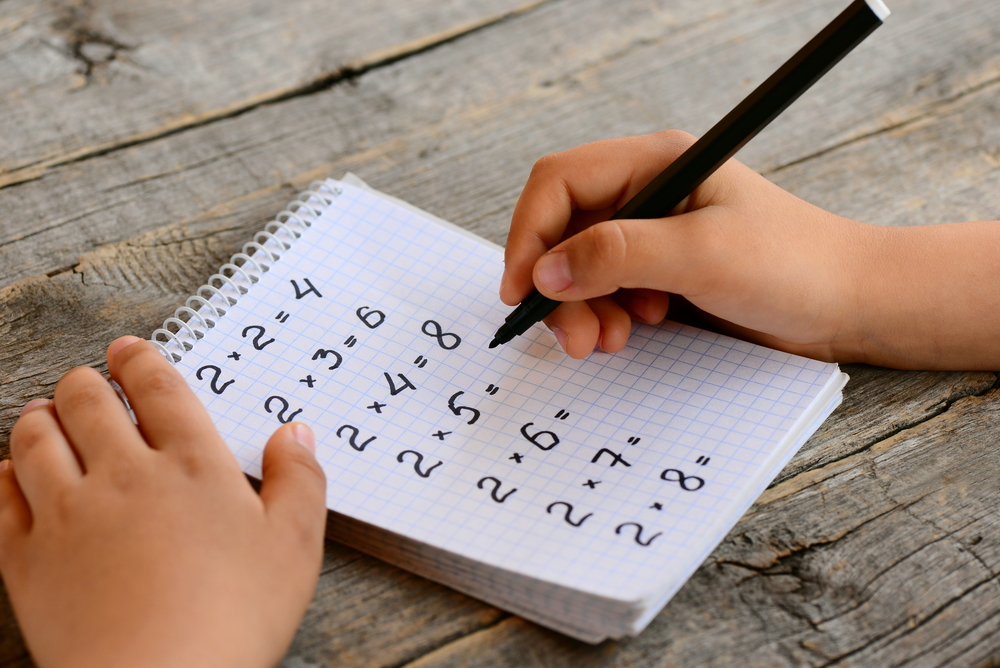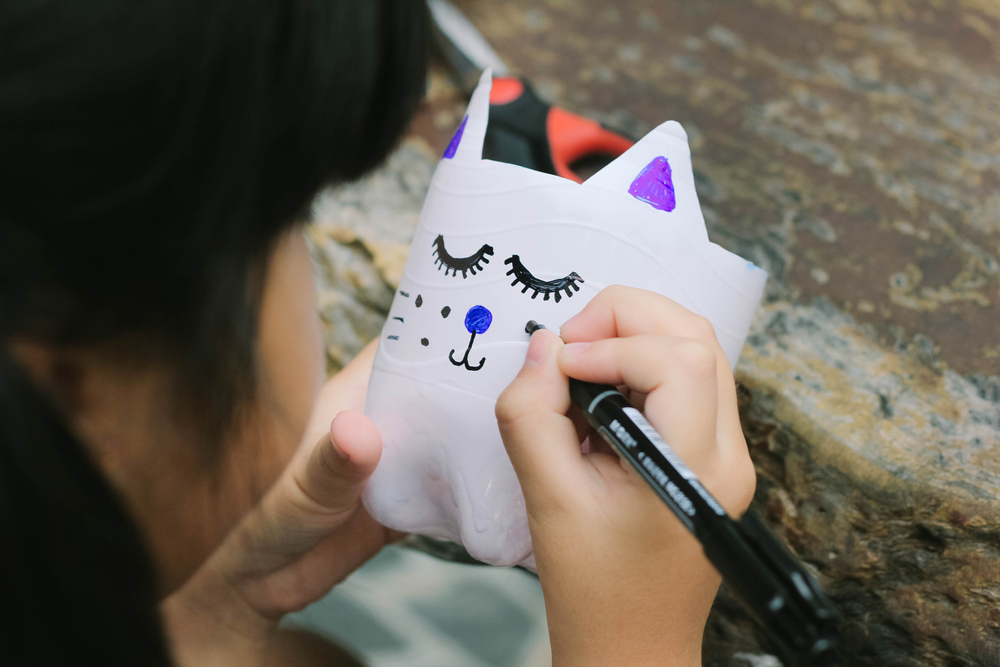Normal Tracing Letters worksheets activities for Ages 5-7
32 filtered results
-
From - To
Welcome to our Normal Tracing Letters worksheets, specially designed for children ages 5-7! These engaging activities encourage young learners to practice their handwriting skills while familiarizing themselves with the alphabet. Our worksheets feature colorful and easy-to-follow letter tracing exercises, helping kids develop fine motor skills essential for writing. With various fun and interactive designs, your child will enjoy enhancing their penmanship while building confidence in their abilities. Whether used in the classroom or at home, these printable worksheets are a great tool for reinforcing letter recognition and promoting a love for learning. Start your child's writing journey today!
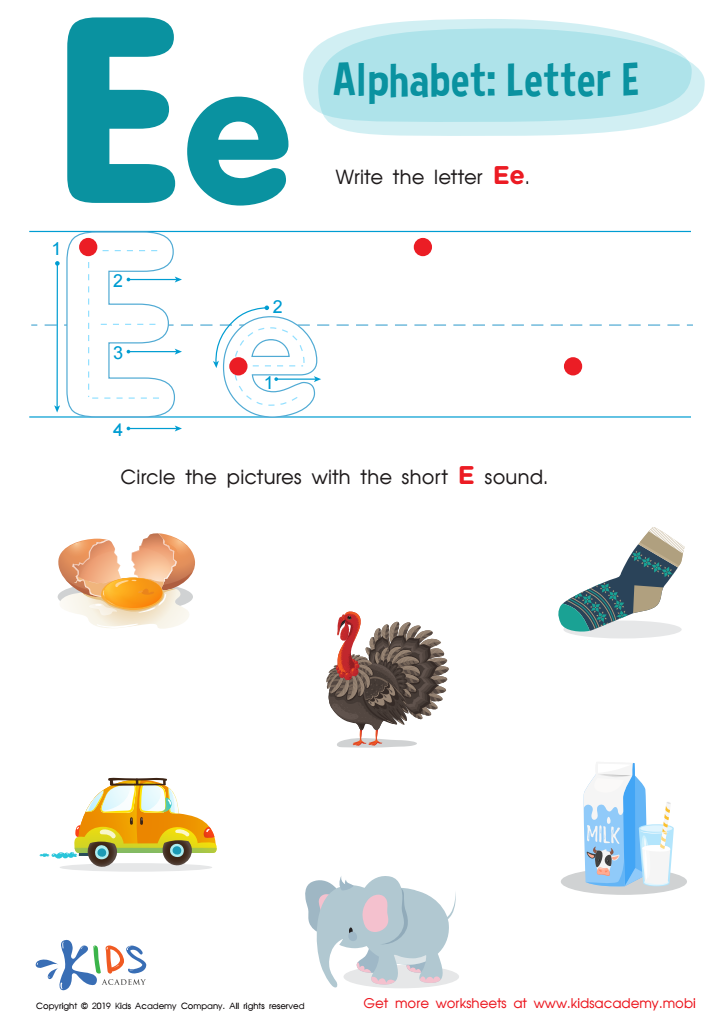

Letter E Tracing Worksheet
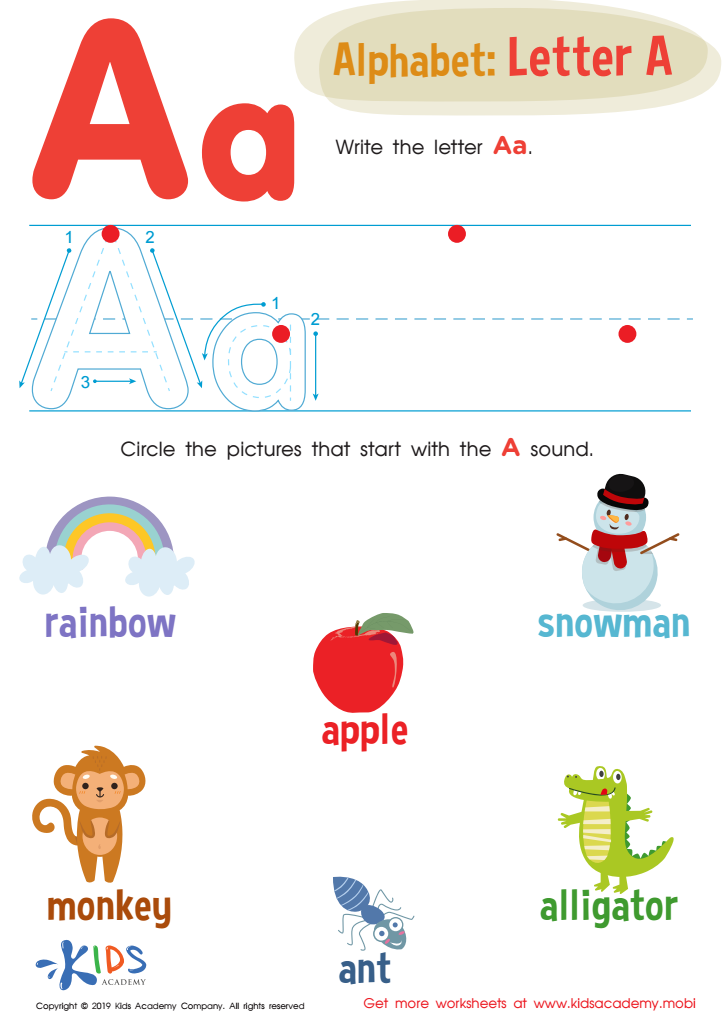

Letter A Tracing Worksheet
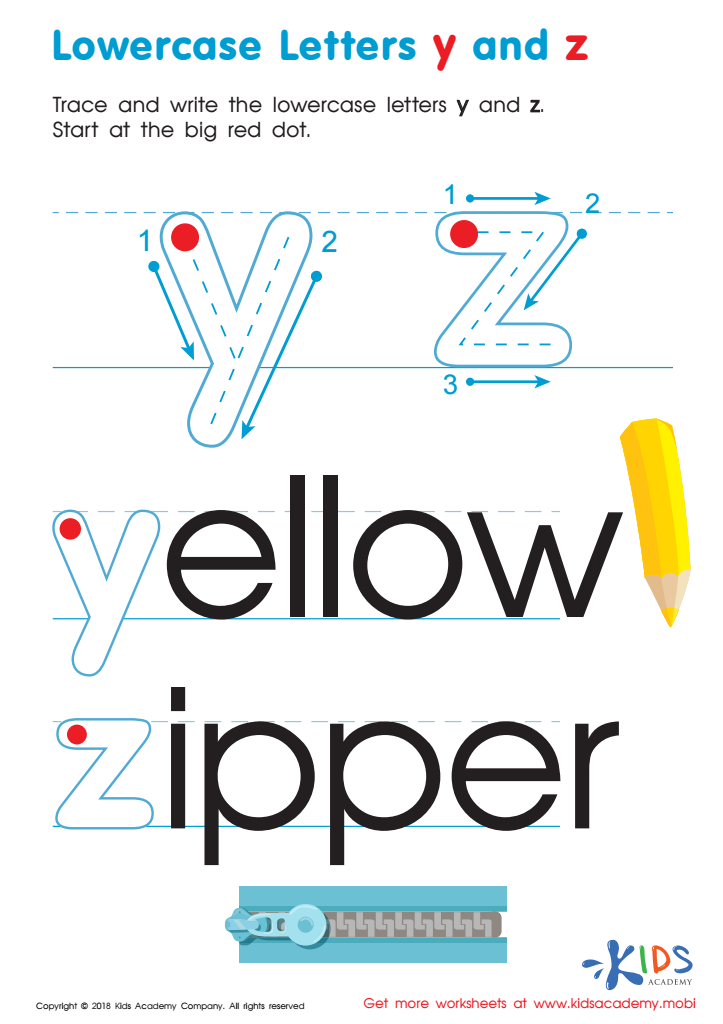

Lowercase Letters y z Worksheet
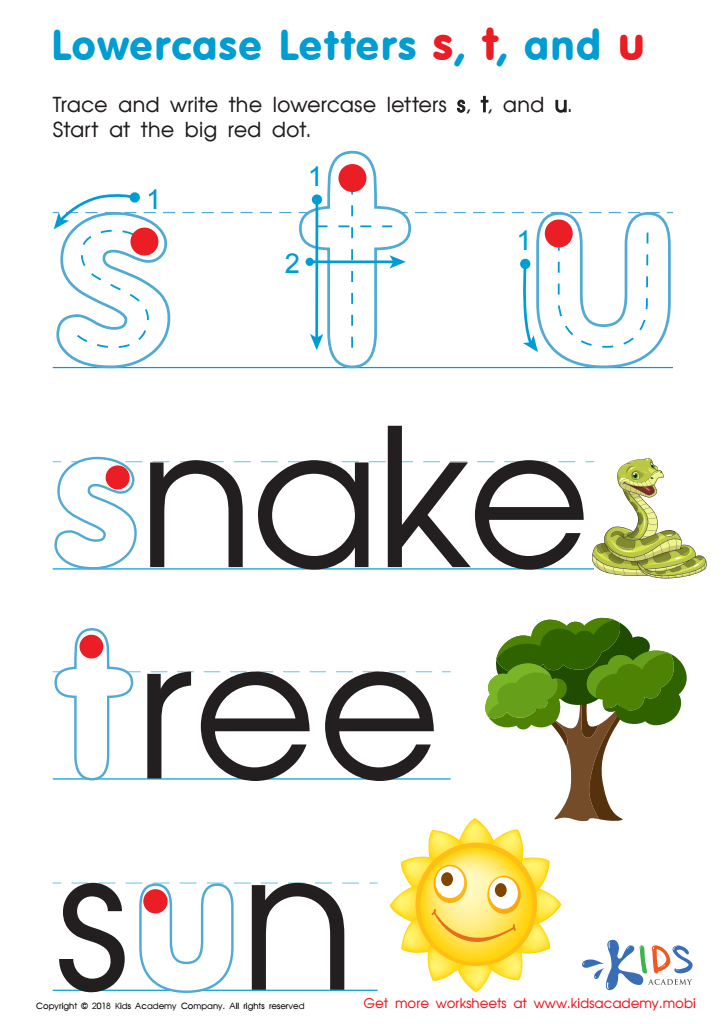

Lowercase Letters s t u Worksheet
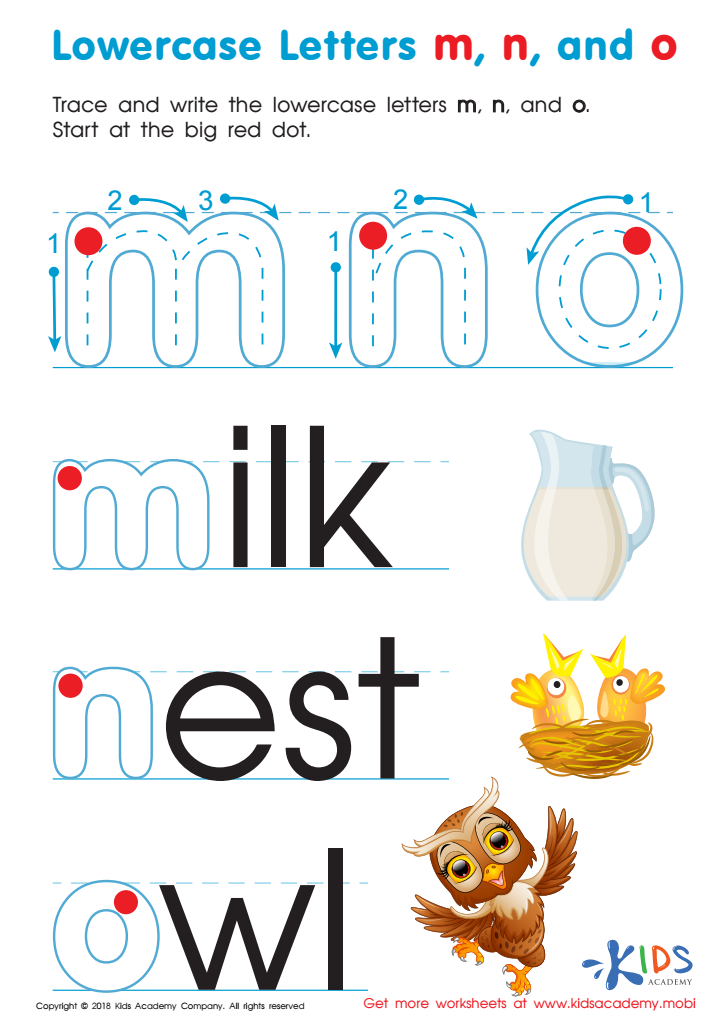

Lowercase Letters m n o Worksheet
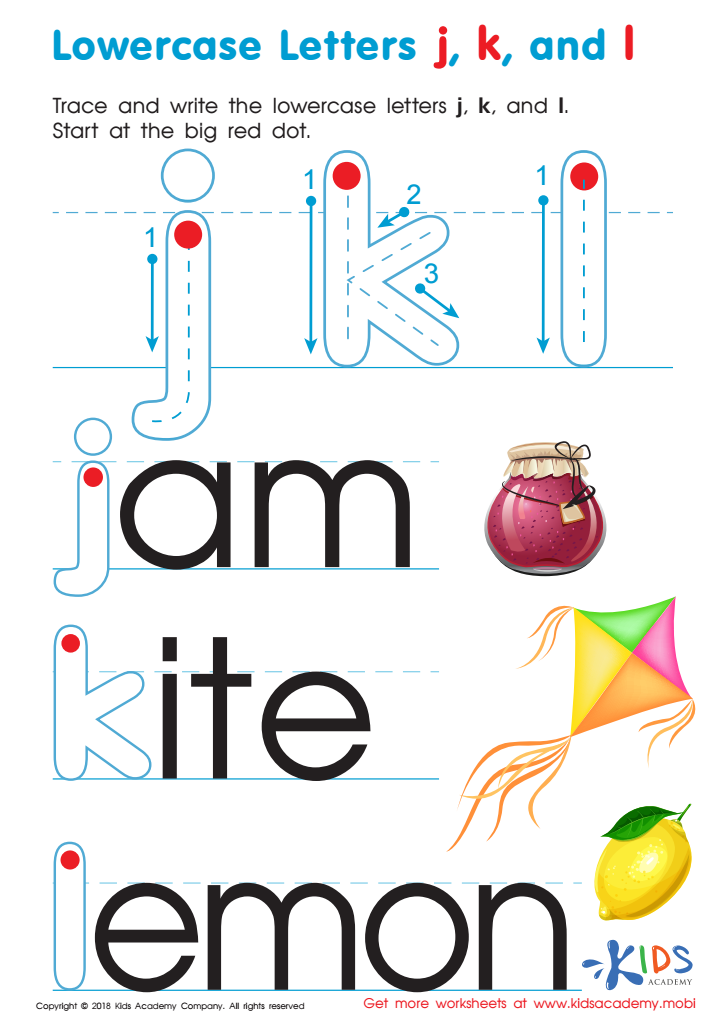

Lowercase Letters j k l Worksheet
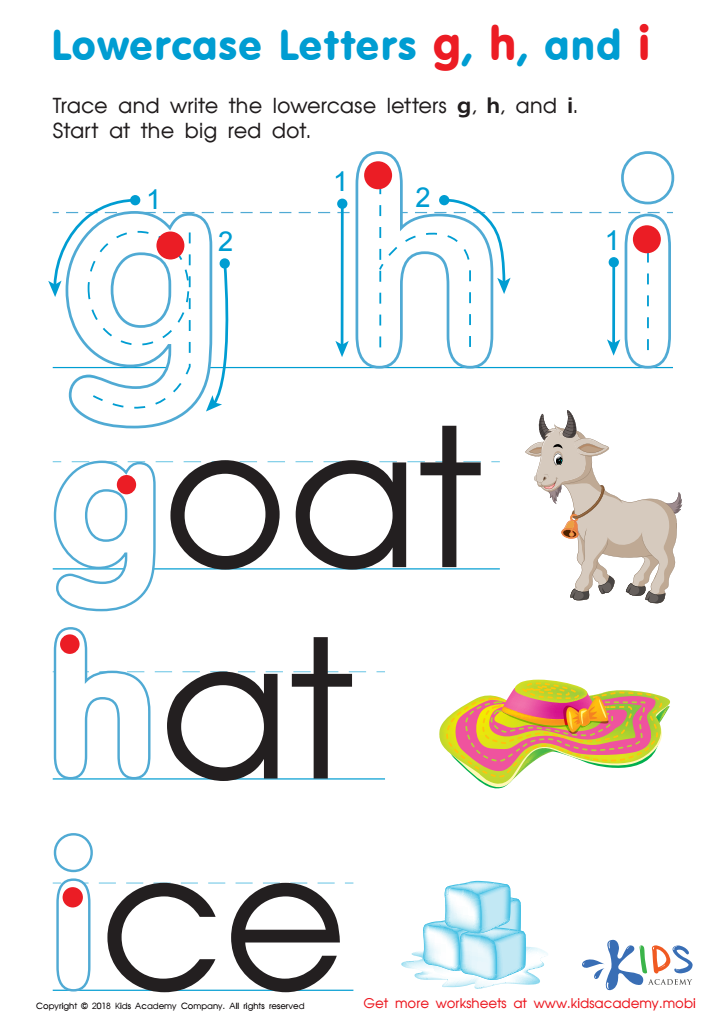

Lowercase Letters g h i Worksheet
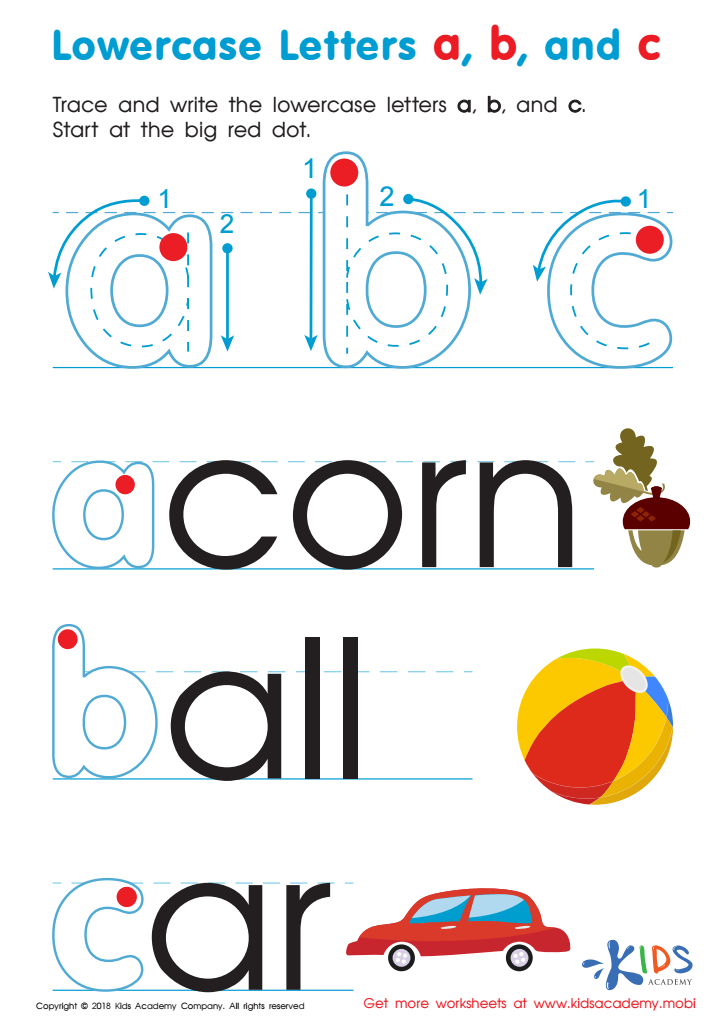

Lowercase Letters a b c Worksheet
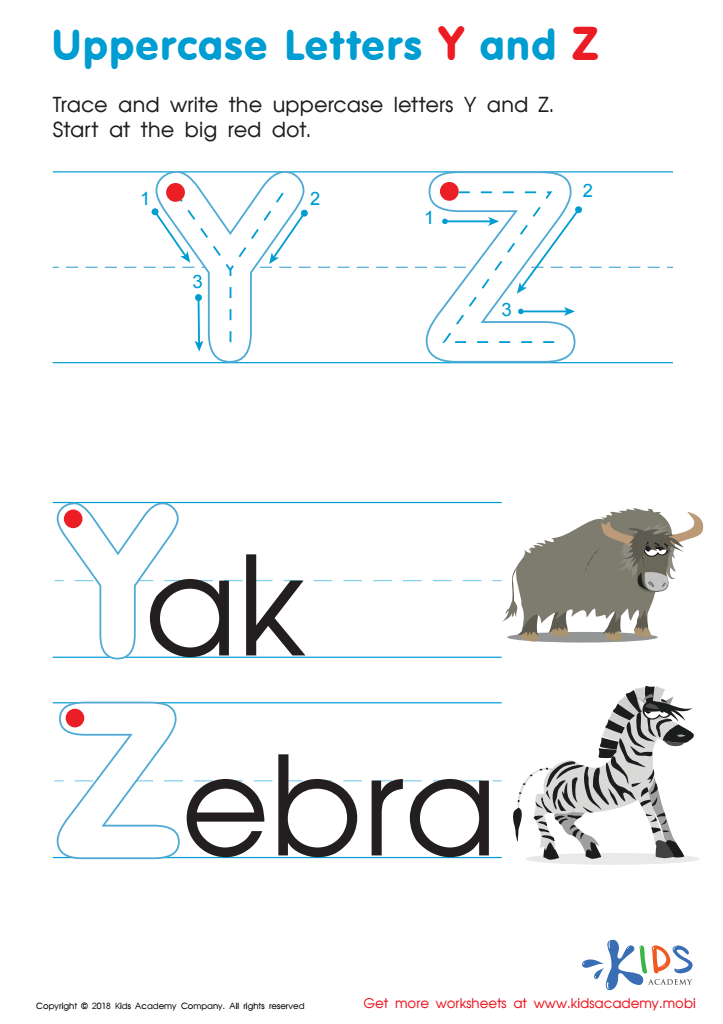

Uppercase Letters Y Z Worksheet
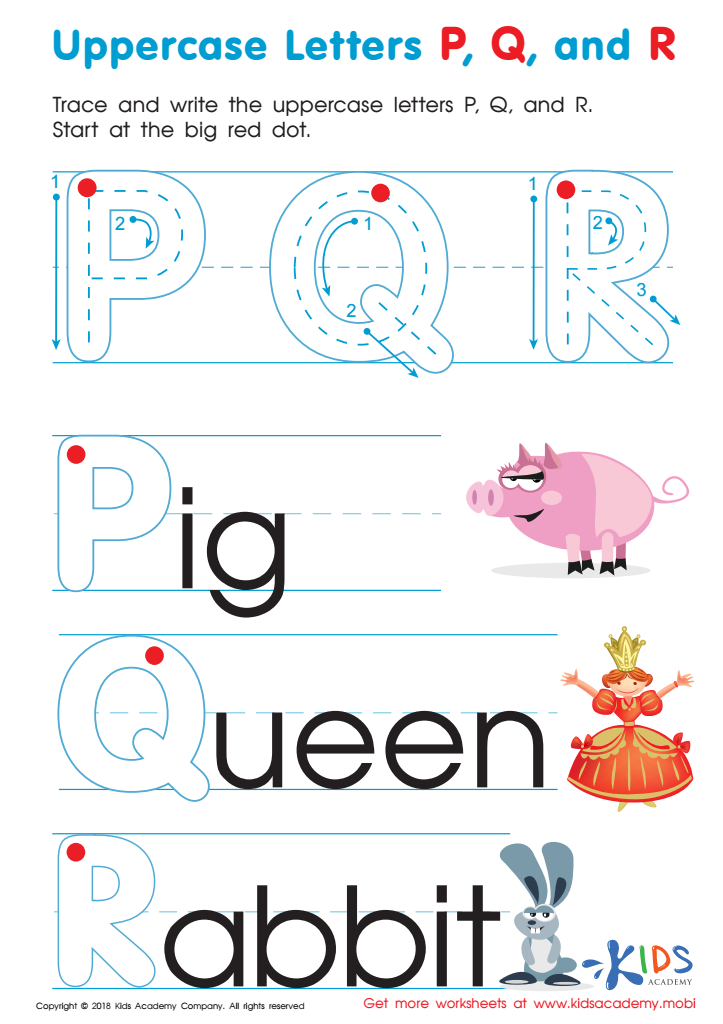

Uppercase Letters P, Q, and R Worksheet
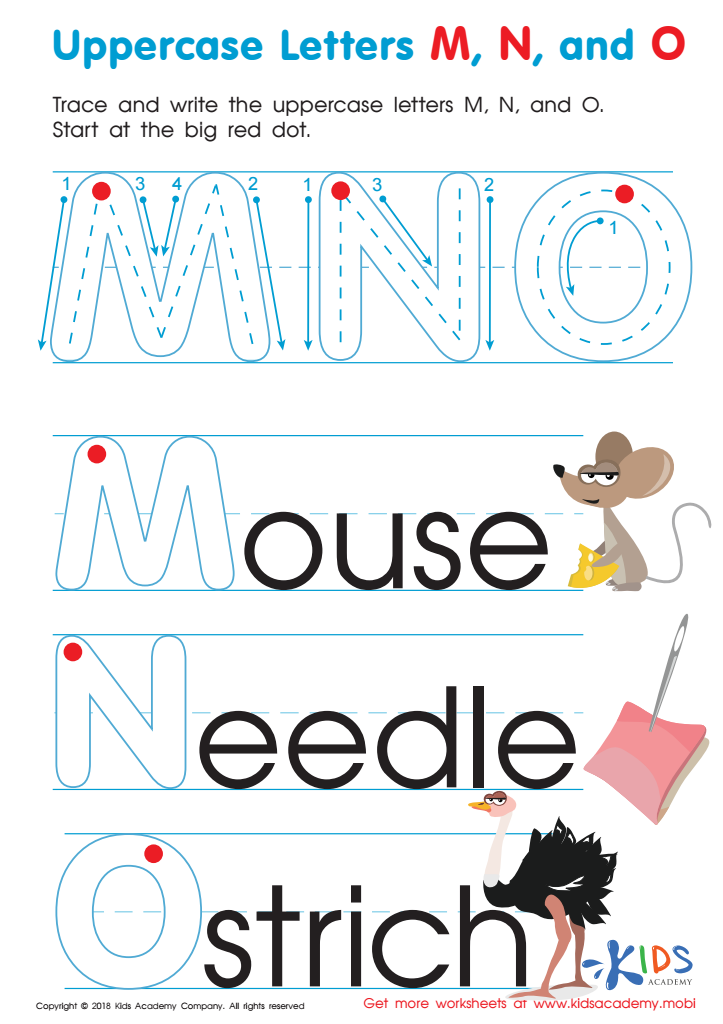

Uppercase Letters M, N, and O Worksheet
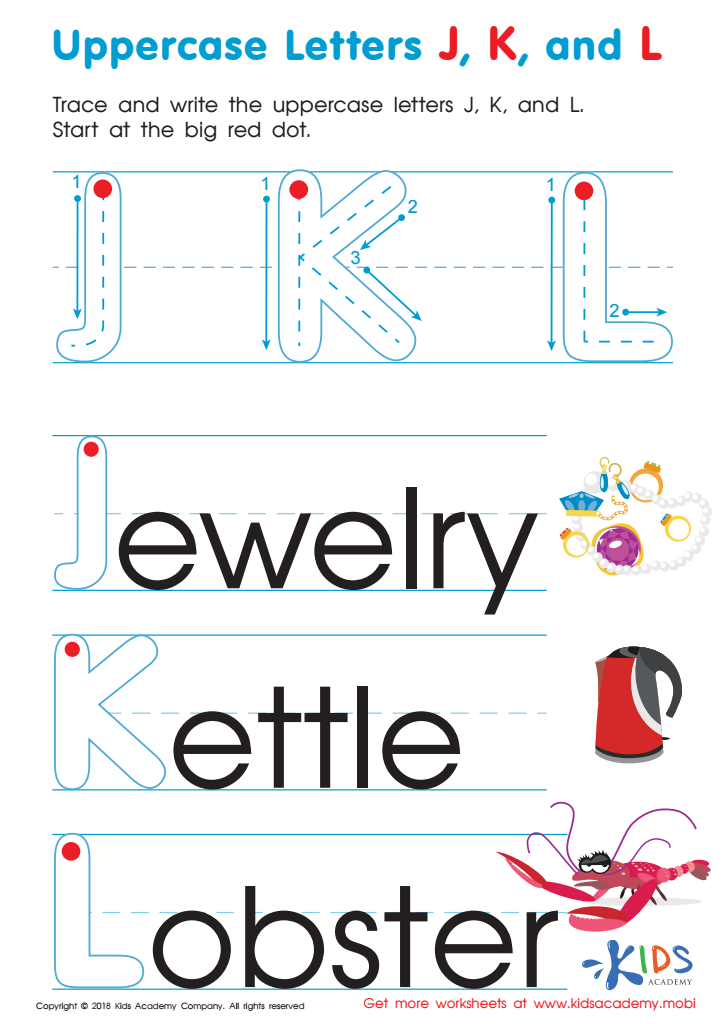

Uppercase Letters J, K, and L Worksheet
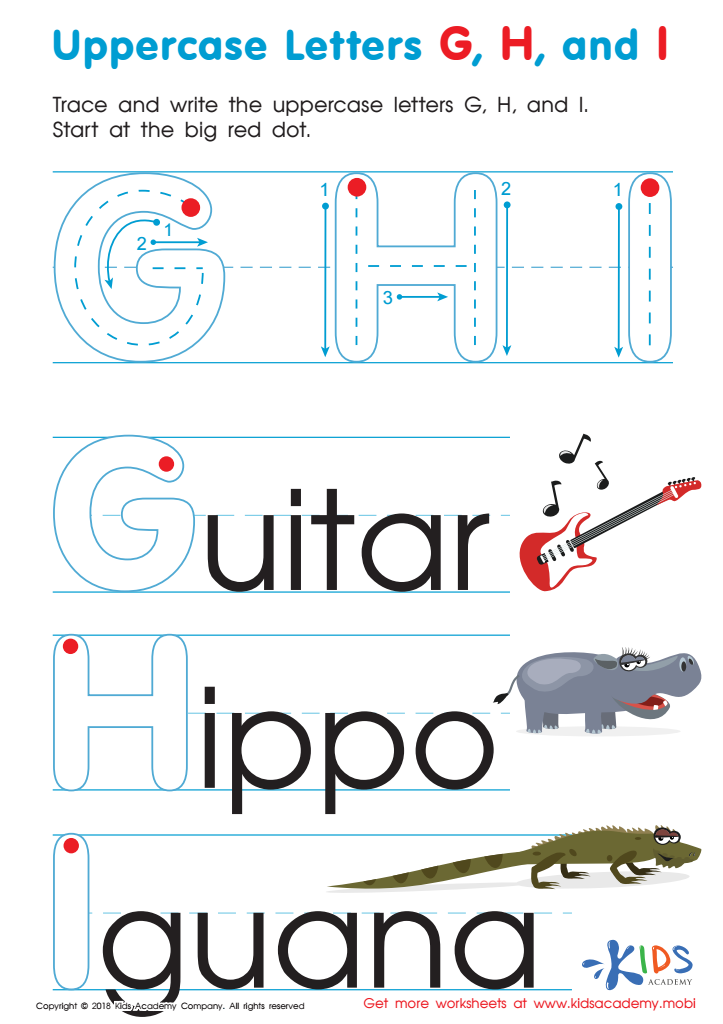

Uppercase Letters G, H, and I Worksheet
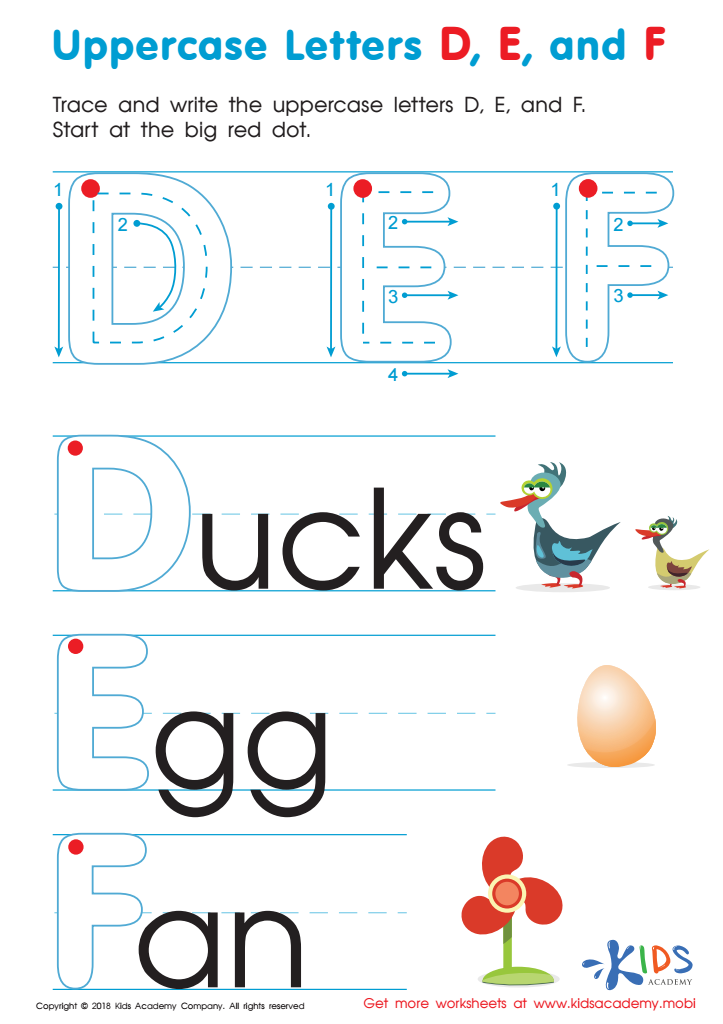

Uppercase Letters D, E, and F Worksheet
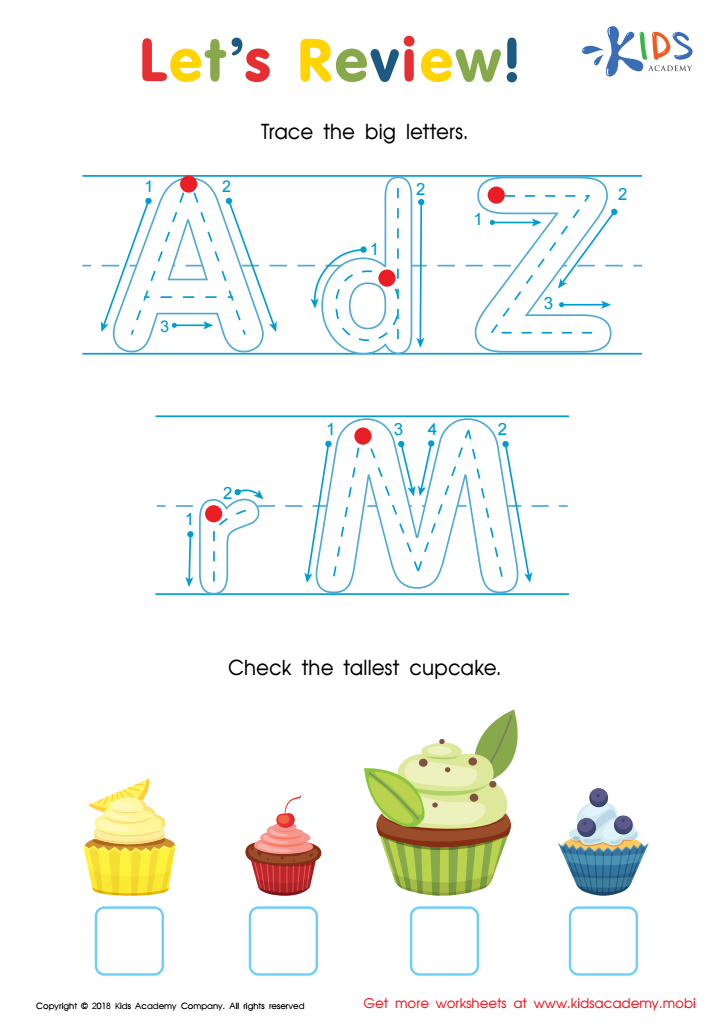

Let's Review! Big Letters Worksheet
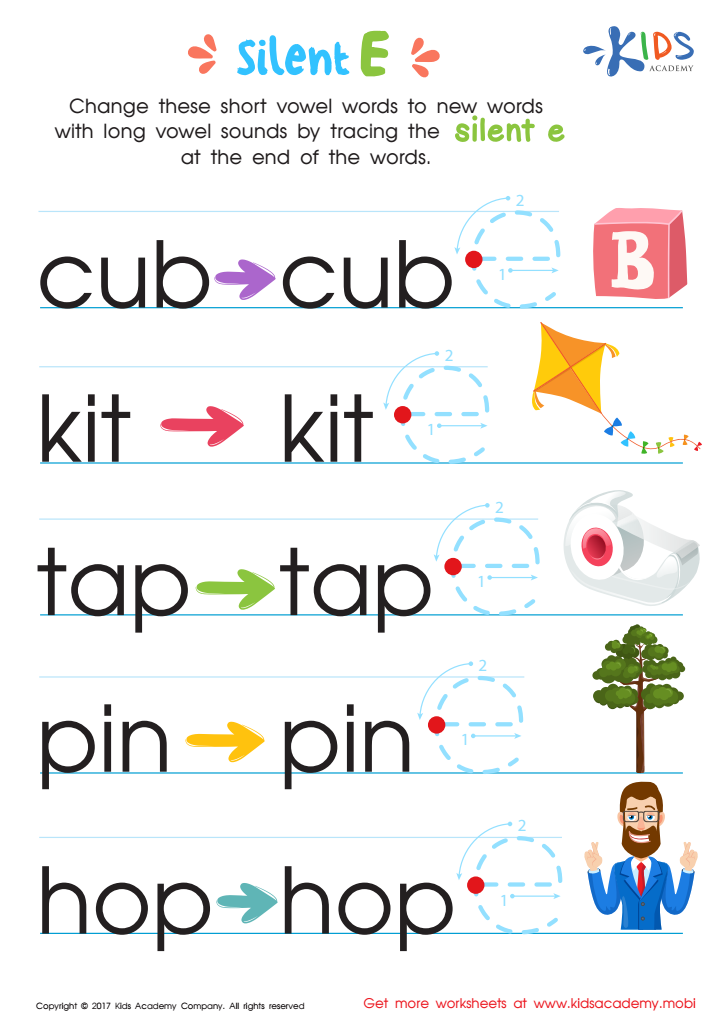

Silent E Words Worksheet


Letter F Tracing Page
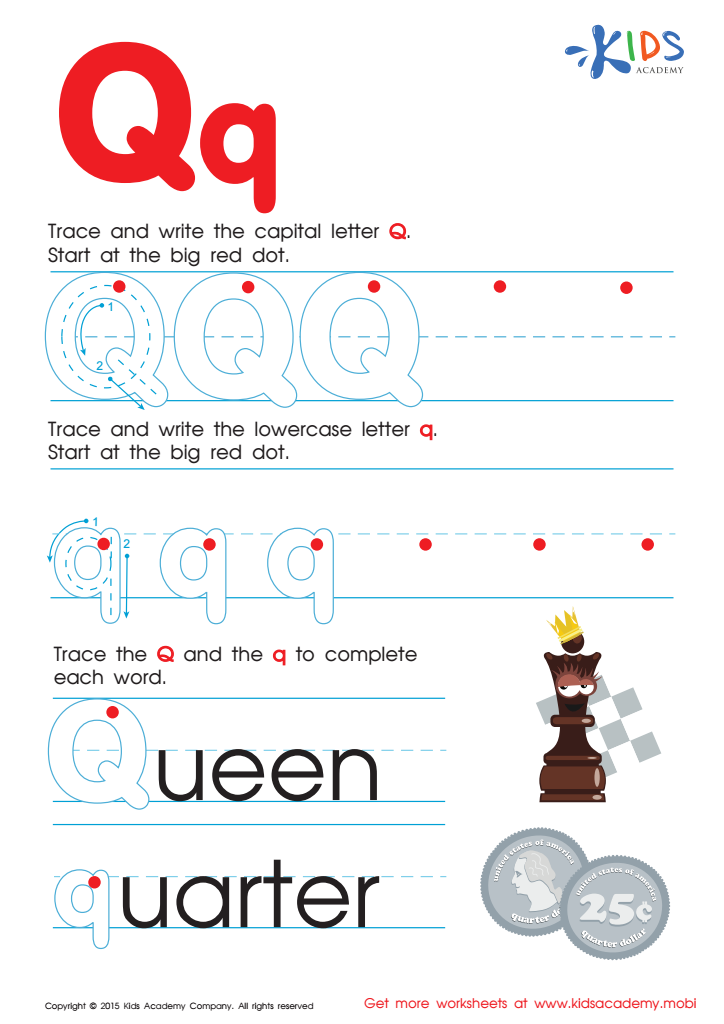

Letter Q Tracing Page
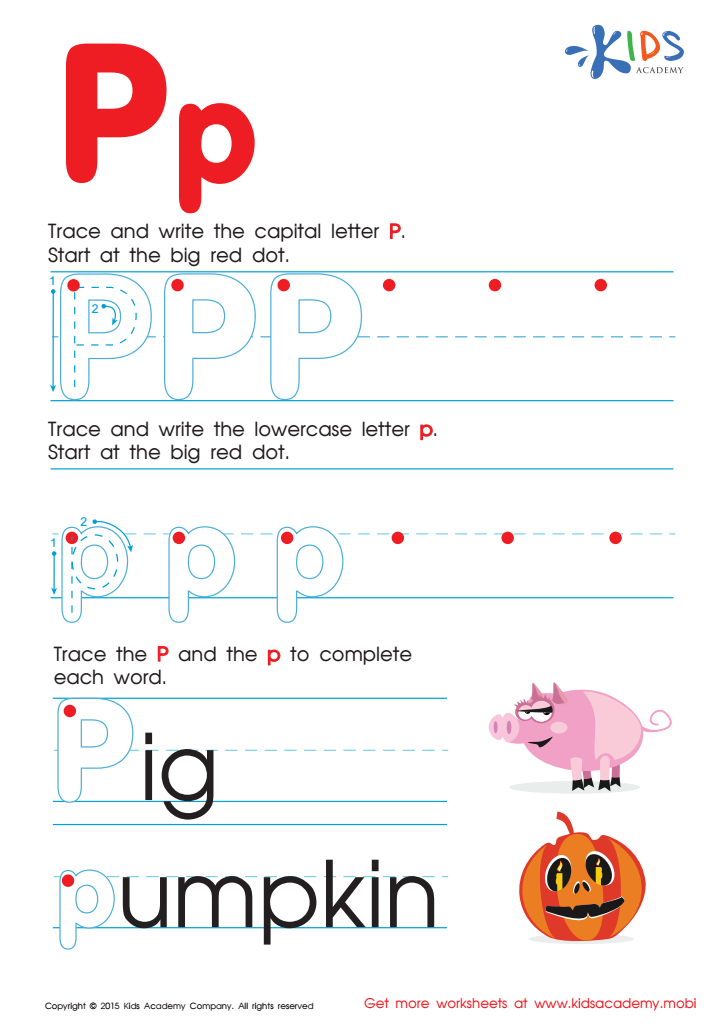

Letter P Tracing Page
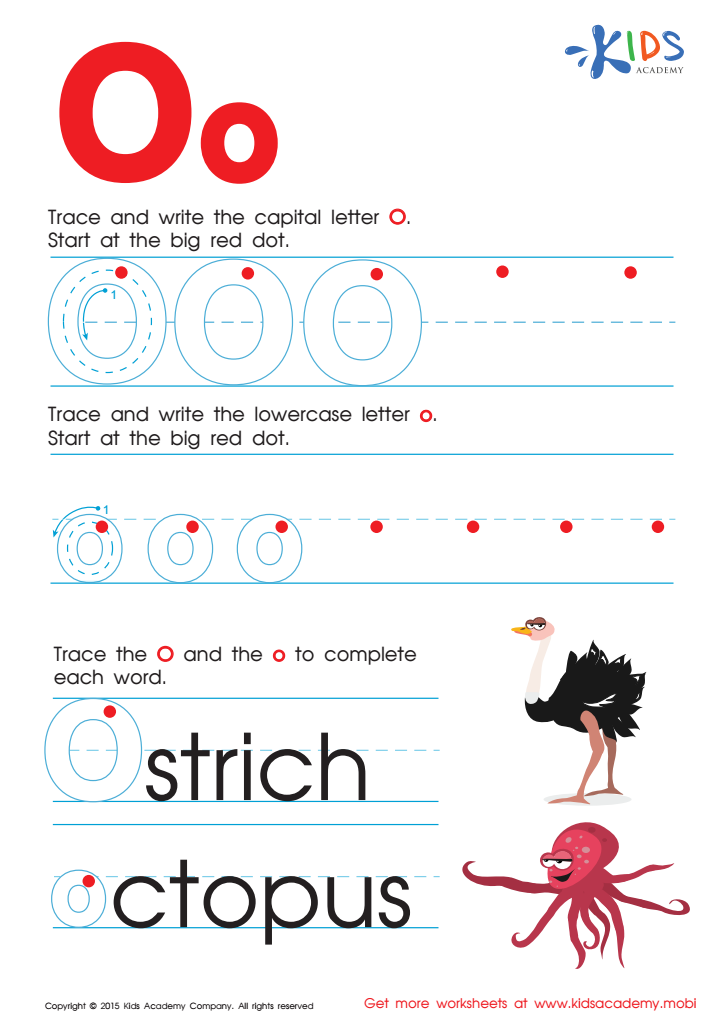

Letter O Tracing Page
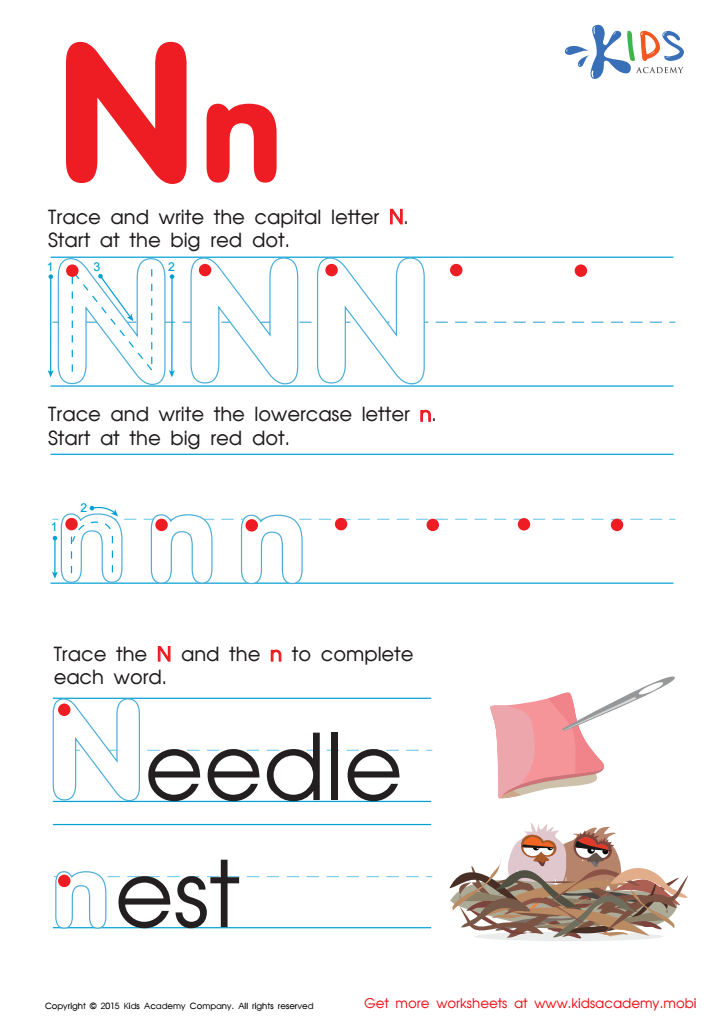

Letter N Tracing Page
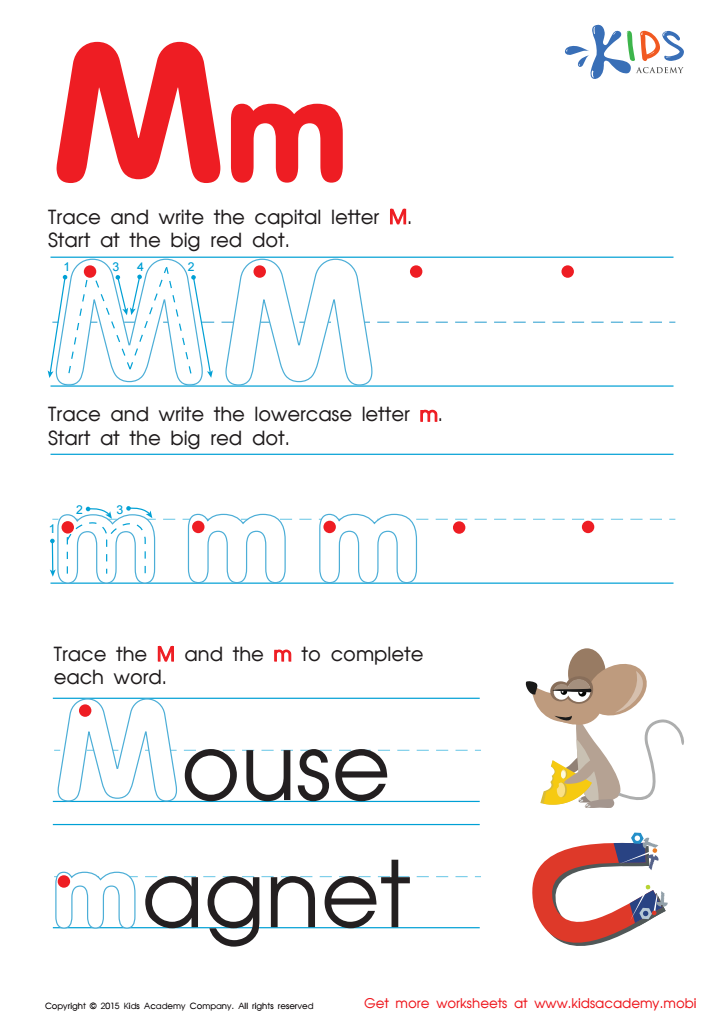

Letter M Tracing Page


Letter L Tracing Page
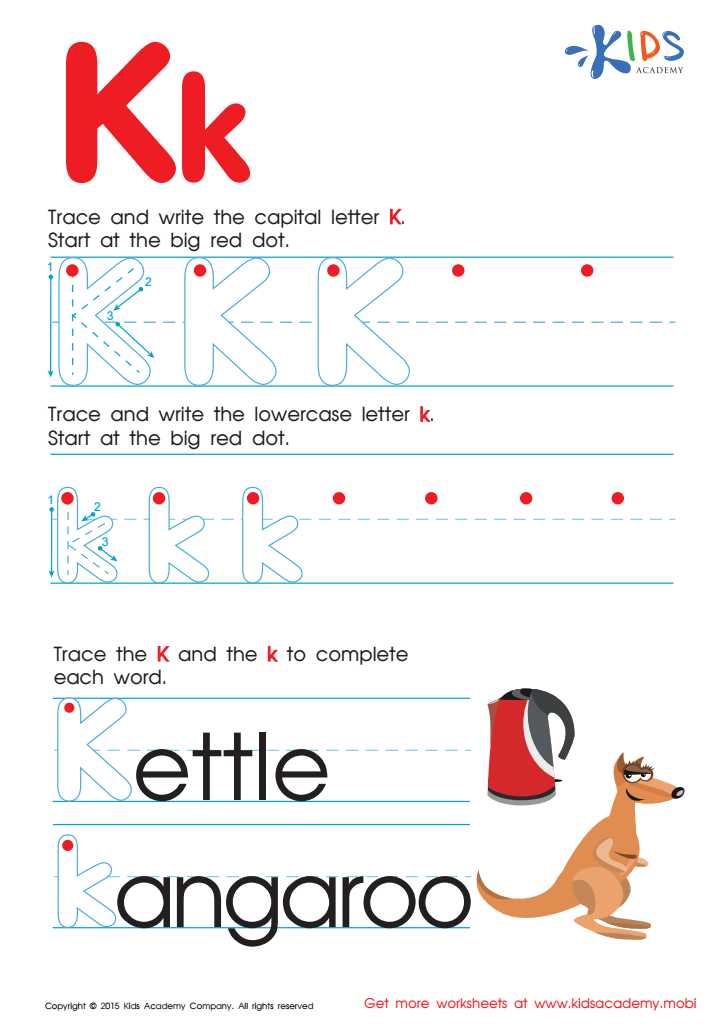

Letter K Tracing Page
Normal tracing letters activities are essential for children aged 5-7 as they lay the foundation for literacy skills during a crucial stage of their development. Firstly, these activities enhance fine motor skills, which are vital for writing. By tracing letters, children improve hand-eye coordination, which benefits their overall writing posture and control.
Additionally, tracing letters helps children recognize letter shapes and develop familiarity with the alphabet, an essential stepping stone for reading fluency. This recognition fosters confidence and prepares them for more complex language tasks.
Engaging in these activities also promotes cognitive development. Children learn the sounds associated with letters, making connections between the visual representation of a letter and its phonetic sound. This early exposure to phonics supports their growing vocabulary and aids in reading comprehension.
Moreover, tracing letters can be a fun, interactive activity when parents or teachers participate, making it a bonding experience. Encouraging a positive attitude toward learning in these early years can instill a lifelong love for reading and writing. Therefore, parents and teachers should prioritize normal tracing tasks as a vital part of early education, supporting both developmental skills and confidence in young learners.

 Assign to My Students
Assign to My Students





